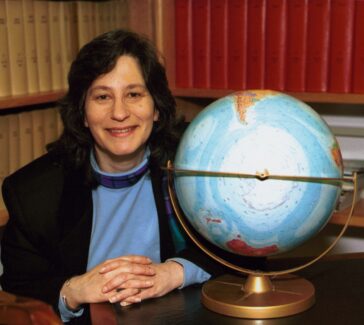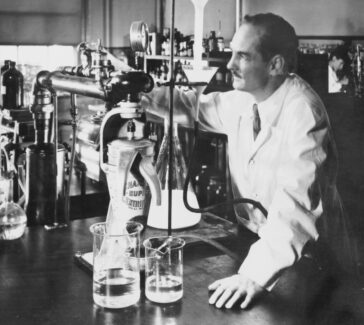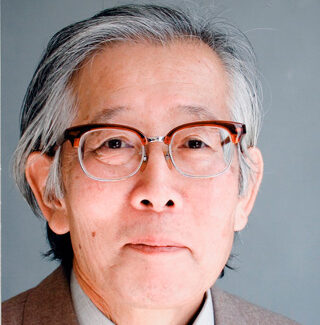Richard E. Smalley, Robert F. Curl, and Harold W. Kroto
Nobel laureates Smalley, Curl, and Kroto discovered buckminsterfullerene, also known as the buckyball.
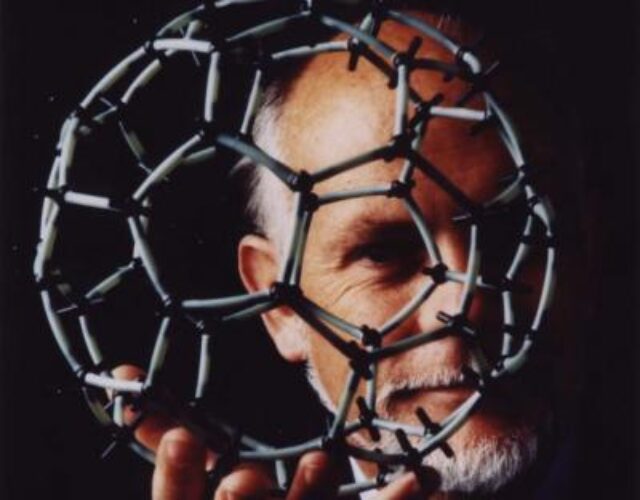
In 1996 three scientists, two American and one British, shared the Nobel Prize in Chemistry for their discovery of buckminsterfullerene (the “buckyball”) and other fullerenes. These “carbon cages” resembling soccer balls opened up a whole new field of chemical study with practical applications in materials science, electronics, and nanotechnology that researchers are only beginning to uncover.
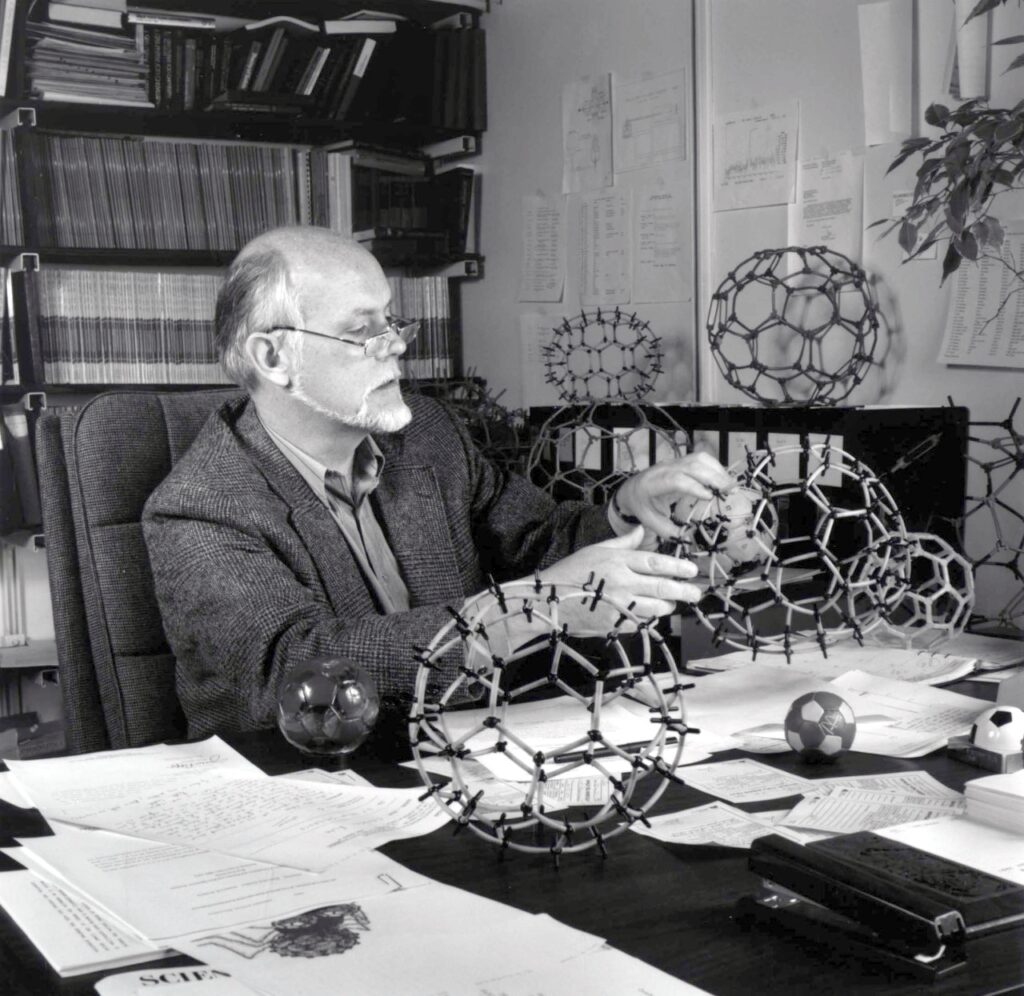
With their discovery of buckminsterfullerene in 1985, Richard E. Smalley (1943–2005), Robert F. Curl (1933–2022), and Harold W. Kroto (1939–2016) furthered progress to the long-held objective of molecular-scale electronics and other nanotechnologies. Molecular-scale electronics, or molecular electronics, is the ongoing effort to use individual molecules to perform functions in electronic circuitry.
With transistors the size of single molecules, for example, electronic devices could become dramatically smaller than today’s microelectronics devices. Molecular electronics is a subfield of nanotechnology, the broader effort to view, measure, and manipulate materials at the molecular or atomic scale, prophesied by Richard Feynman in 1959.
Yet molecular electronics and nanotechnology were not part of the immediate research agendas of Smalley, Curl, and Kroto in 1985, when the three chemists gathered for 10 days at Rice University in Houston, Texas. Rice was Smalley’s and Curl’s home university, and Kroto was a chemist at the University of Sussex in England. All three were spectroscopists who spent their time probing phenomena at the atomic and molecular levels with advanced spectrometers.
Red Giants and Carbon Snakes
Kroto had been using microwave spectroscopy to study long carbon chains found in space. He hypothesized that such chains had been created in the atmospheres of carbon-rich “red giant” stars, and he wanted to use a piece of equipment invented by Smalley in order to investigate this hypothesis. Smalley’s laser-generated supersonic cluster-beam apparatus (named the AP2) fired pulsed laser beams at chemical elements, achieving temperatures hotter than the surface of most stars and vaporizing the target element.
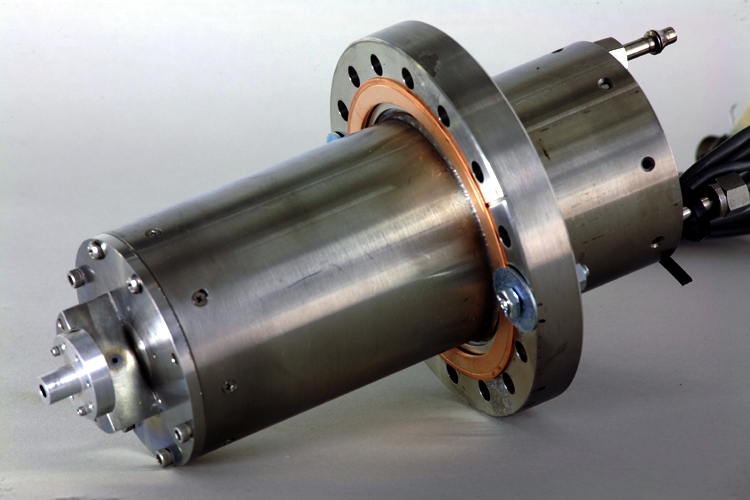
As the vapor began to cool, the evaporated atoms would align in clusters. [1] A high-pressure burst of gas would then sweep the vapor into a vacuum chamber, where the clusters condensed as the vapor cooled. A second laser pulse ionized the clusters, pushing them into a mass spectrometer, where they could be analyzed. Kroto wanted to aim the AP2’s lasers at carbon to re-create the high-heat conditions of a red giant’s atmosphere and study the clusters of carbon thus produced.
When first approached by Kroto in 1984, Smalley was reluctant to interrupt the cluster research he and Curl were doing on metals and semiconductors to make his device available. But he and Curl ultimately conceded, and Kroto arrived at Rice University on September 1, 1985. The first results of their carbon experiments, conducted with the essential aid of graduate students James Heath, Sean O’Brien, and Yuan Liu, were in fact the long carbon snakes that Kroto had sought. Next the students noted an unusual peak in the mass spectra of the clusters formed by the AP2, showing the presence of an abundance of molecules composed of 60 carbon atoms (C60). Such an abundance suggested the stability of this macromolecule. What was it?
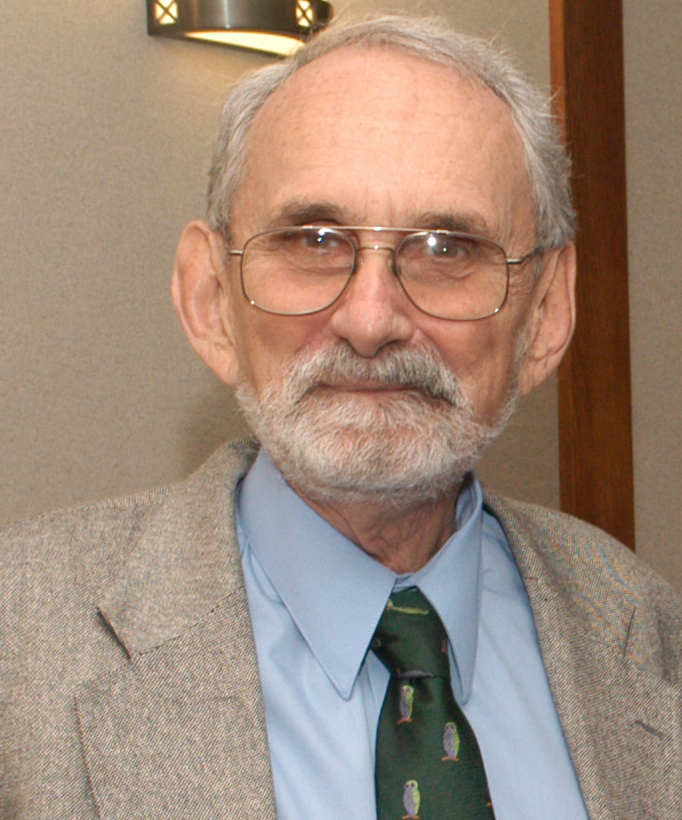
Buckyballs and Fullerenes
Now with the three senior scientists fully engaged, the researchers intensively puzzled over what the structure of such a macromolecule must be. Perhaps it was composed of stacks of hexagonal sheets of carbon, like graphite, but with all the dangling bonds tied up in some fashion, or a spherical form where the hexagonal graphite sheet curled around and closed. But solid geometry did not permit such a regular solid.
One night Smalley resorted to the method of scissors and tape and inserted some pentagons in the structure, prompted by Kroto’s recollection earlier that day of having once made a paper star dome for his children that included pentagons as well as hexagons. Smalley’s result was a polygon with 60 vertices and 32 faces, 12 of which were pentagons and 20 were hexagons. The scientists named their macromolecule buckminsterfullerene, after the American architect, R. Buckminster Fuller, who had designed similarly constructed geodesic domes. The nickname “buckyball” soon stuck, because it resembled a soccer ball.
Finding a new, highly stable form of a pure element is rare in the world of chemistry, and for this reason alone the discovery of buckminsterfullerene was noteworthy. But it also opened up a whole new field of chemical study with practical applications that scientists are only beginning to uncover. The buckyball was the first of a whole class of hollow, closed-shell carbon macromolecules that came to be known as fullerenes. They have become the subject of intense research, both for their unique chemistry and for their technological applications, especially in materials science, electronics, and nanotechnology.
Buckytubes
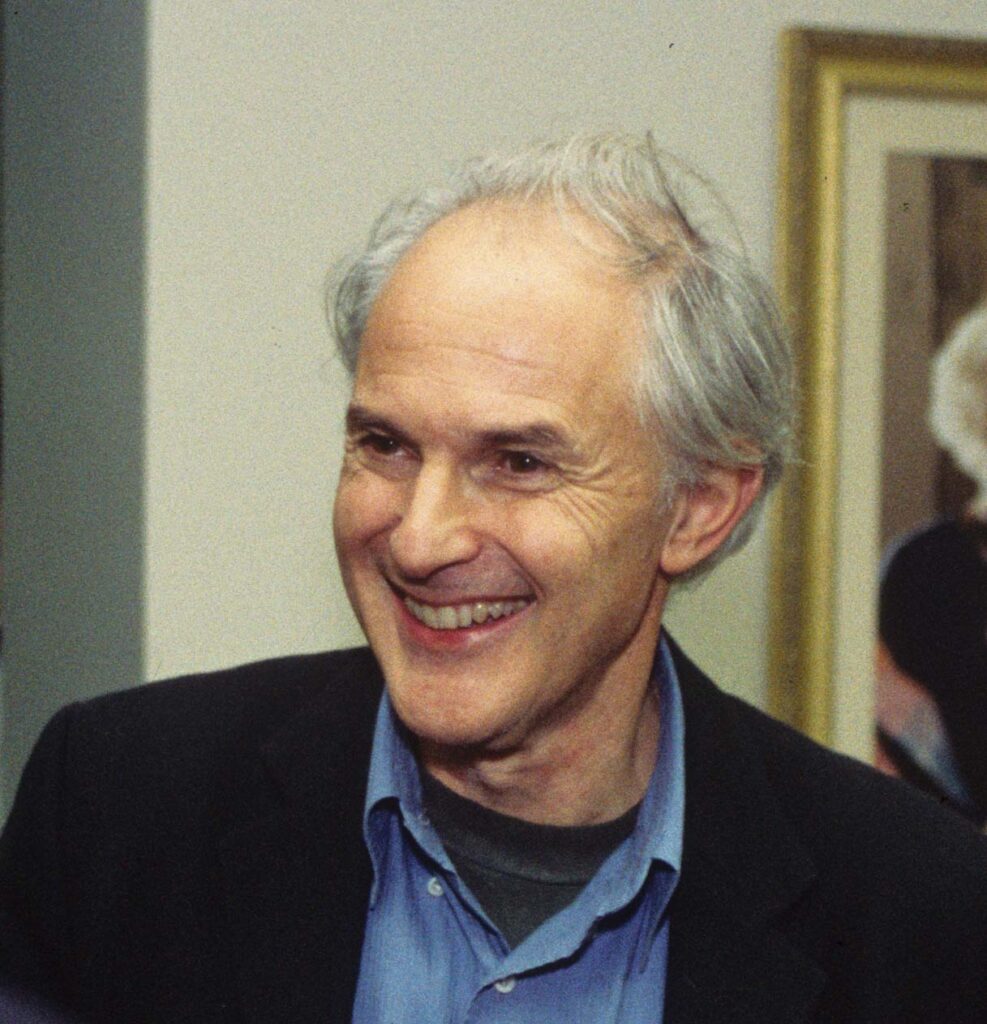
Perhaps the most significant fullerenes to emerge since the buckyball are carbon nanotubes (“buckytubes”) discovered in 1991 by Iijima Sumio of NEC Corporation in Tsukuba, Japan. A buckytube is a carbon sheet rolled into the shape of a tube or cylinder, capped with round domelike ends, and with a diameter of approximately a single nanometer, or one-billionth of a meter, but extremely long by comparison. These long, thin tubes opened up further research by Smalley and others in fullerenes and their applications.
Since then thousands of new compounds have been synthesized with non-carbon atoms incorporated in fullerenes, sometimes caged inside them. Nanotubes exhibit promising characteristics for various applications. They are excellent conductors of heat and electricity, exhibit novel electrical properties, possess extreme tensile strength, and are able to penetrate membranes such as cell walls. Applications in electronics, structural materials, and medicine beckon.
In 2006 IBM researchers succeeded in building the first electronic integrated circuit around a single carbon nanotube, heralding further advances in molecular electronics. Among the “moletronics” applications currently available to the consumer are carbon nanotube–based LED (light-emitting diode) displays.
Personal Backgrounds
Robert Curl was a native Texan, born in the small town of Alice to a Methodist minister and administrator. His family moved frequently among Texas towns and cities. He first became interested in chemistry as a child when his parents gave him a chemistry set. A high-school teacher cultivated this interest by creating just for him a second year of chemical studies beyond the standard one-year course.
Curl earned his bachelor’s degree at Rice University and proceeded to the University of California, Berkeley, for a doctorate in physical chemistry and Harvard University for postdoctoral studies. In 1958 he returned to Rice as a faculty member and spent of the rest of his academic career there. Curl’s work in laser spectroscopy convinced Richard Smalley to take his first faculty appointment at Rice.
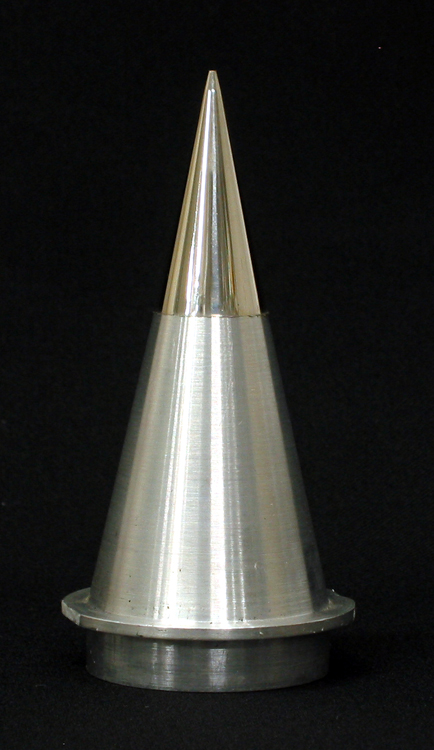
Smalley was born in Akron, Ohio, and raised in Kansas City, Missouri. His father, a publisher of agricultural trade journals, worked with his son in their basement shop, building things and fixing mechanical and electrical equipment—good background for a future inventor of scientific instruments. It was Smalley’s mother who inspired her youngest son with a love of science. She had returned to college after having four children and enjoyed discussing her studies with him. Smalley’s aunt, Sara Jane Rhoads, a professor of chemistry at the University of Wyoming, also served as a great example and gave Smalley a summer job in her laboratory.
He began his undergraduate studies in chemistry at Hope College in Holland, Michigan, and finished at the University of Michigan, Ann Arbor. Rather than going directly to graduate school, Smalley worked at the Shell Chemical Company’s polypropylene plant and technical center in Woodbury, New Jersey, for four years, after which he enrolled in doctoral studies in chemistry at Princeton. He did his postdoctoral research at the University of Chicago, where he pioneered supersonic jet laser-beam spectroscopy. Smalley joined Rice University in 1976 to collaborate with Curl.
In 1937 Harold Kroto’s parents fled from Berlin to London to escape Nazi persecution (his father was Jewish). When the war broke out two years later, his mother was evacuated from London to the small town of Wisbech, where Kroto was born. Meanwhile his father was interned on the Isle of Man as an enemy alien. When he was still a baby, Kroto and his mother moved to Bolton. His father eventually joined them there, setting up a small factory to make and print balloons. Kroto worked there as a teenager during school vacations.
At Bolton School he enjoyed art and graphic design, but his chemistry teachers captured his interest. On their advice he attended Sheffield University. As an undergraduate in chemistry he participated enthusiastically in student activities as art editor of the student magazine, secretary of the tennis team, and president of the athletics council. He continued at Sheffield for his doctorate in molecular spectroscopy. Eager to work abroad, he conducted postdoctoral studies at the Canadian National Research Council in Ottawa and at Bell Labs in New Jersey. In 1967 Kroto returned to Sussex and held faculty appointments there until 2004.
Nobel Prize and Beyond
In 1996 Smalley, Curl, and Kroto shared the Nobel Prize in Chemistry for their discovery of fullerenes. Earlier that same year Kroto was knighted by Queen Elizabeth. Curl retired from Rice in 2008. He continued to be associated with the University’s Laser Science Group and the Richard E. Smalley Institute for for Nanoscale Science and Technology after he stepped down from his professorship. In 2005 Smalley lost his long battle with leukemia, and the institute he had founded in 1993 was renamed in his honor. After his early work on buckyballs and nanotubes, Smalley investigated processes that could be scaled up for commercial production, and in 2000 founded Carbon Nanotechnologies Inc. (acquired by Unidym in 2007). He also became a public advocate for federal support of nanotechnology initiatives in the United States and for solutions to the world’s energy problems.
Kroto, too, used his scientific fame to gain greater public attention for science. In 1995 he set up the nonprofit Vega Science Trust with BBC producer Patrick Reams, with the objective of creating high-quality science films for broadcast and the Internet. After retiring from Sussex he became a professor at Florida State University in Tallahassee to pursue scientific research and further his international educational projects.
[1] Simply speaking, a cluster is an aggregate or assembly of atoms with properties, including size, intermediate between those of a molecule and a bulk solid. A buckyball is a cluster of 60 carbon atoms. For the purposes of the remainder of this essay, a cluster is considered akin to a large molecule, or macromolecule.

